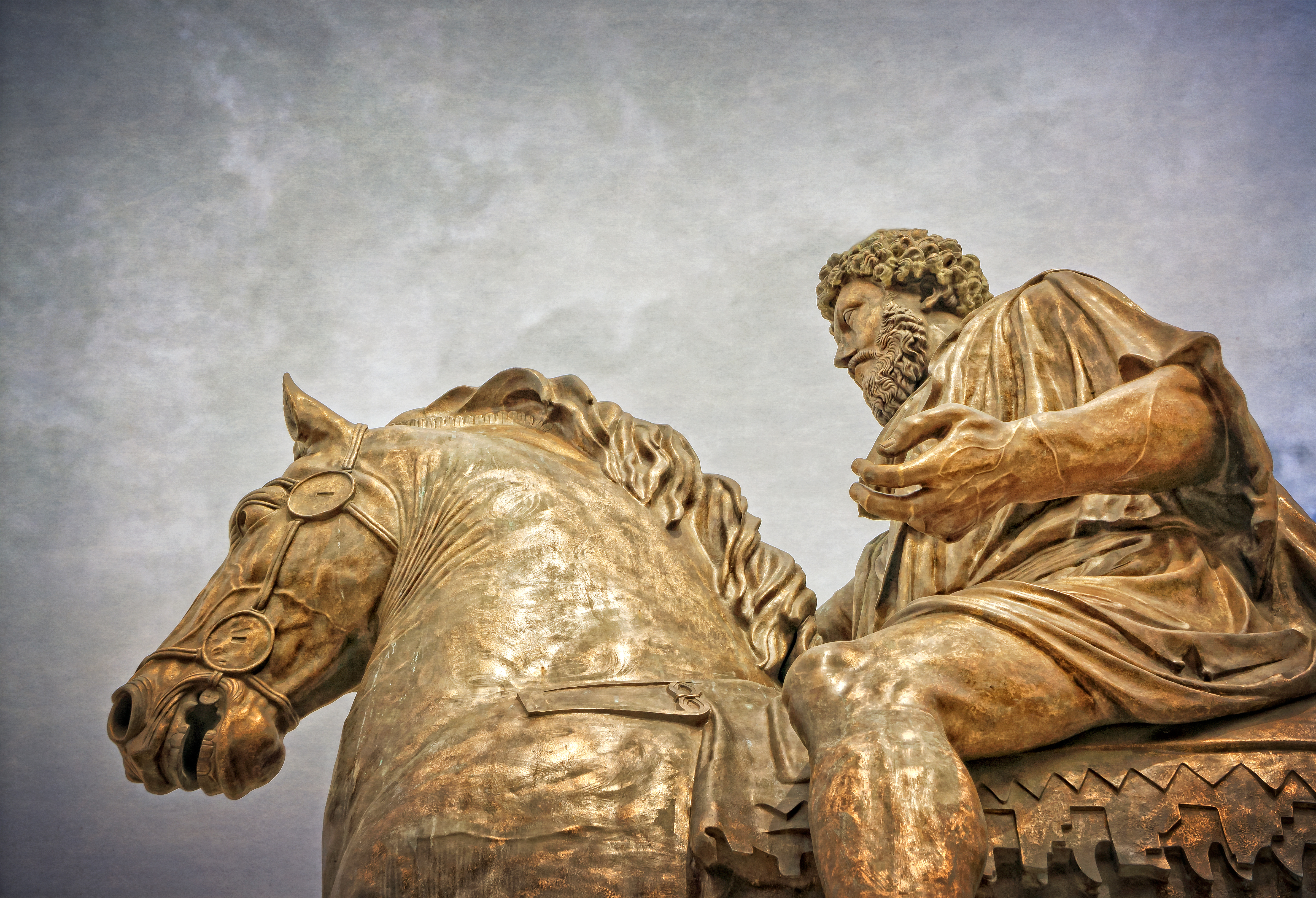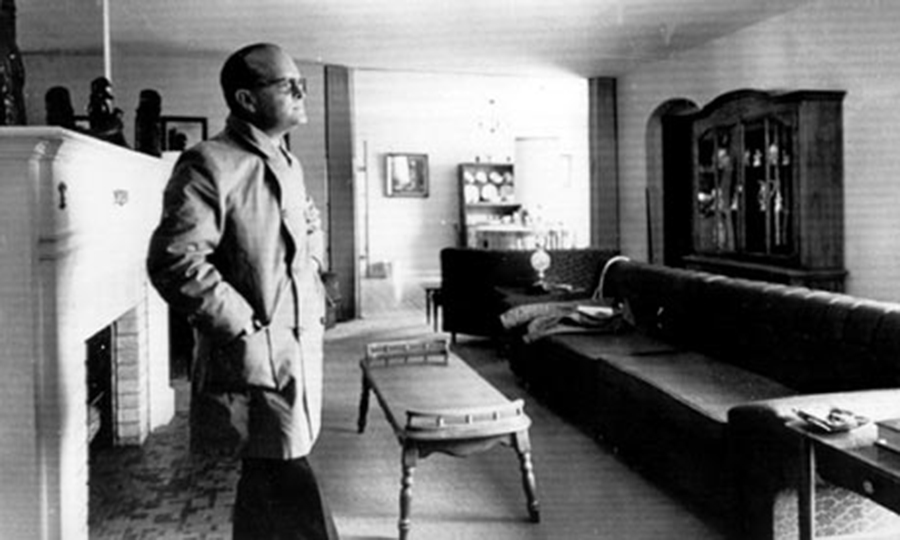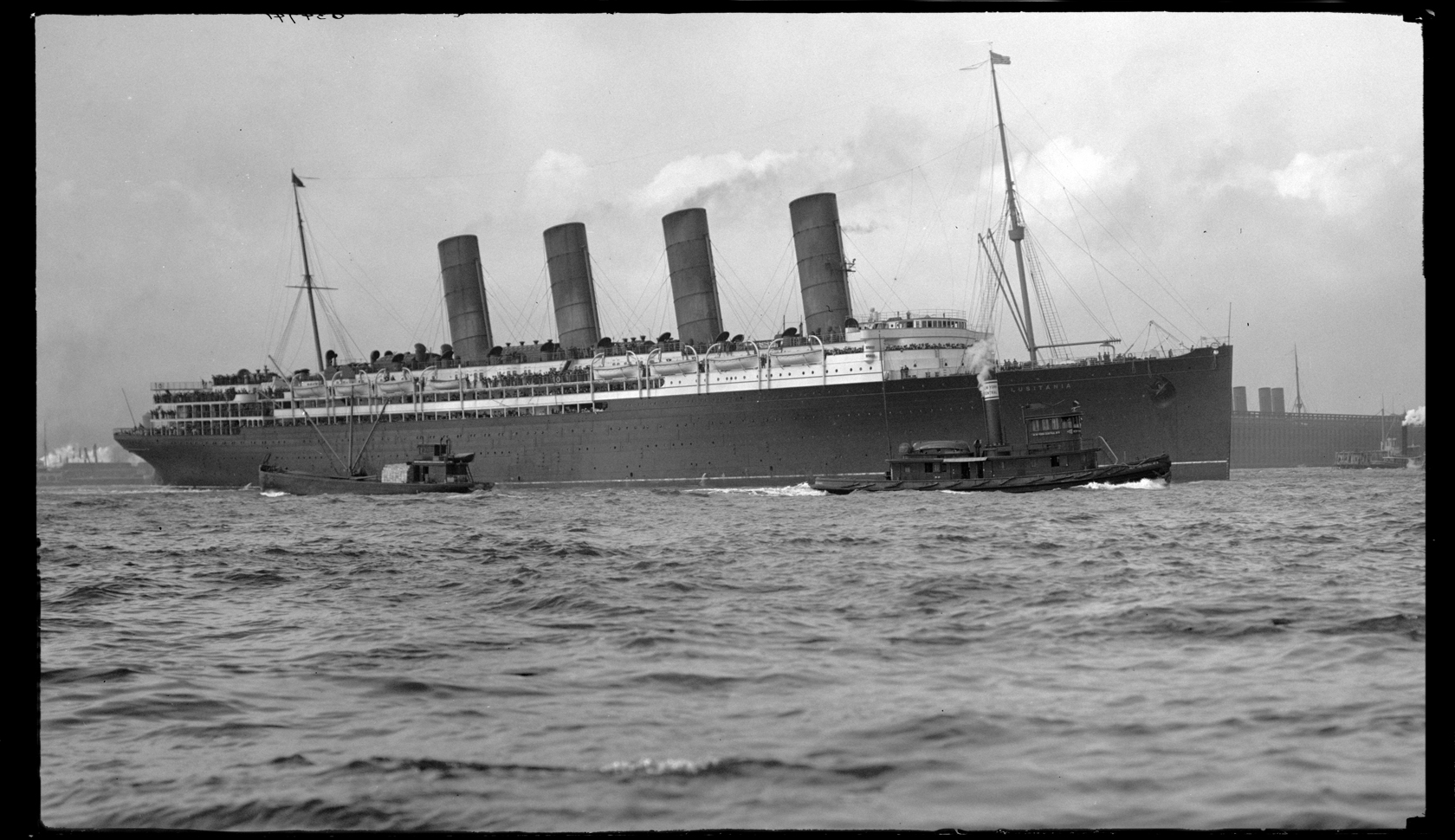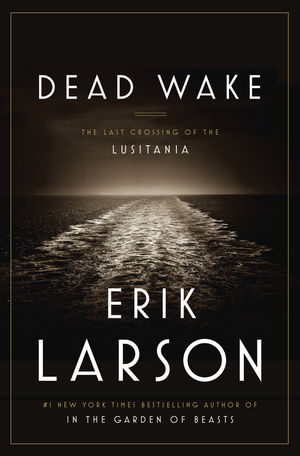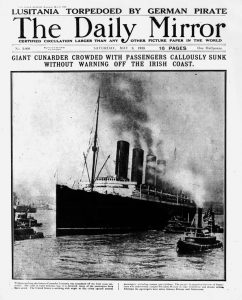We’re conditioned to think our best life has yet to be lived. It’s somewhere far off into the future, travel the world to find it, or maybe just waiting around the corner. We have to wish for it, pray for it, and hope that, on imaginary lottery night when they draw the winner, our name gets called.
 The truth is our best life is right here. It’s already happening as we speak.
The truth is our best life is right here. It’s already happening as we speak.
“The image of the Zen philosopher is the monk up in the green, quiet hills, or in a beautiful temple on some rocky cliff. The Stoics are the antitheses of this idea. Instead, they are the man in the marketplace, the senator in the Forum, the brave wife waiting for her soldier to return from battle, the sculptor busy in the studio.”[1]Page 19. Holiday, Ryan, and Hanselman, Stephen. The Daily Stoic: 366 Meditations on Wisdom, Perseverance, and the Art of Living. Penguin Random House LLC 2016.
I believe there is a valuable lesson in this passage. It’s important that, especially in this modern era, we find peace where we are in our own environment. Because we’re not always going to have enough PTO to make that 4 week pilgrimage to find ourselves. We may not even be able to save up enough money for that trip to the Amazon to visit the magical shaman that’s supposed to help guide our spirit.
Stoicism teaches us that we have to exercise our mind to bring about the peace and serenity we seek, regardless of our environment.
What is Friday Focus?
The Friday Focus post is an article related to the reflectional reader I’ve chosen for the year. It enables me to study and retain what I’m reading.
Interested in what I’m reading?
Buy The Daily Stoic by Ryan Holiday and Stephen Hanselman from Amazon Today
References
| ↑1 | Page 19. Holiday, Ryan, and Hanselman, Stephen. The Daily Stoic: 366 Meditations on Wisdom, Perseverance, and the Art of Living. Penguin Random House LLC 2016. |
|---|

